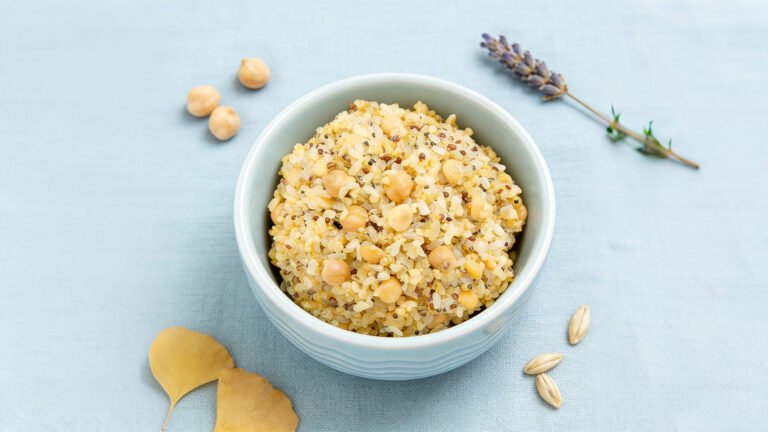
Contact Us through info@lovekonjac.com

What’s in your food – nutrients or just calories? Knowing might make you reevaluate the things you consume on a regular basis.
Do you know the difference and what is this lingo referring to? If you don’t know, you may want to take a second and reevaluate the food you are consuming on a regular basis.
Nutrient density refers to the amount of energy or calories per unit weight of a food or beverage. Nutrient-dense foods are those that contain a low amount of energy or calories for their weight, but a high number of healthy nutrients. In simpler terms, these foods can give you more nutrition. You can eat more of them without adding a lot of calories to your diet. Nutrient-dense foods are rich in vitamins, minerals, fiber, lean protein, and healthy fats, providing your body with the necessary fuel to function optimally.
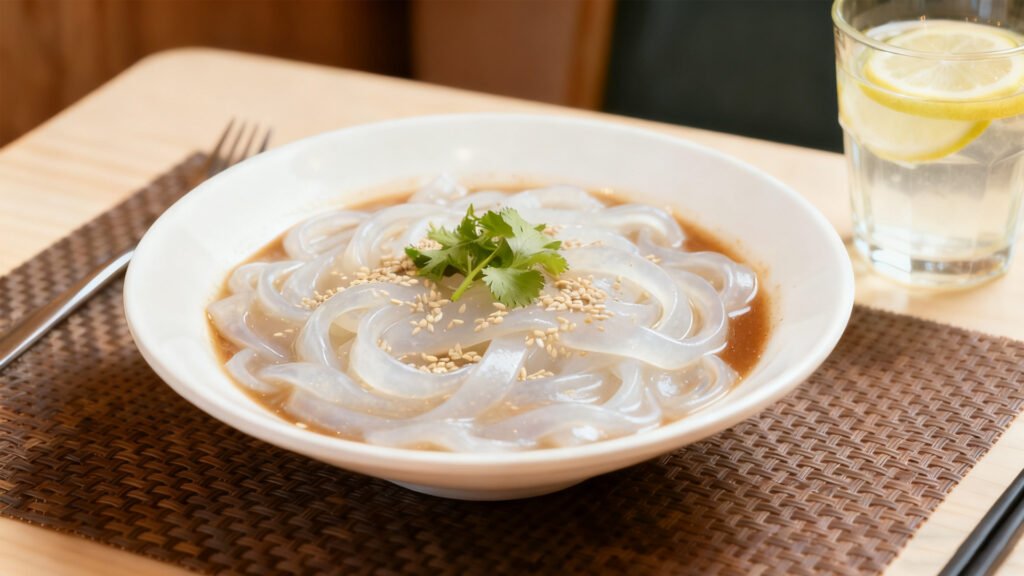
Konjac noodles are a perfect addition to a nutrient-dense diet. These noodles allow you to substitute low nutrient-dense foods that are high in calories, effectively increasing the overall nutrient density of your diet while keeping calorie intake in check.
Examples of nutrient-dense foods include Fruits, vegetables, lean protein sources, nuts, and seeds are all fantastic choices.
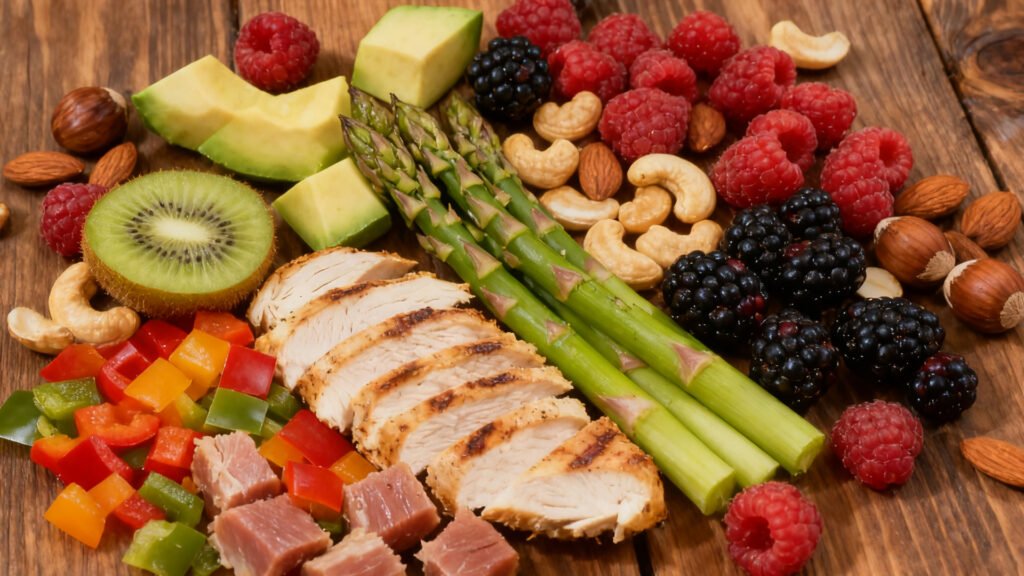
These foods have been associated with a reduced risk of chronic diseases like heart disease, diabetes, and certain types of cancer. While some minerals may be less bioavailable in vegetables compared to animal foods, plants still offer a wide range of nutrients, providing greater variety and diversity in your diet.
Empty calories are those that carry little or no nutritional value. These foods typically have a high calorie-to-weight ratio but offer little in terms of vitamins, minerals, fiber, protein, or healthy fats. Empty-calorie foods often contain undesirable ingredients such as sugar, high-fructose corn syrup, and trans fats.
These “empty calorie” foods include sugary drinks, processed snacks and sweets, and fried foods and pasta, noodles, and rice.
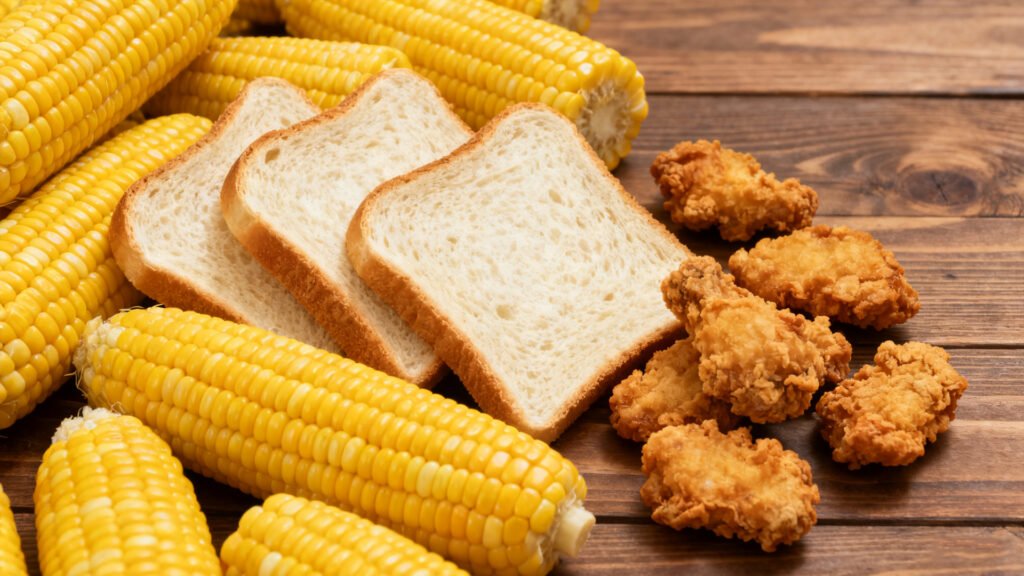
It’s crucial to approach nutrient density in a balanced manner. Be cautious when relying solely on nutrient density scores that are specific to certain diets. Each person’s nutritional needs may differ, and it’s essential to consider individual factors when crafting a well-rounded eating plan.
The best way to ensure that you’re getting all the nutrients you need every day is to eat not only a lot of nutrient-dense foods but a wide variety of them. Some examples of the most nutrient-dense foods are organ meats, kale, collard greens, spinach, broccoli, cauliflower, Brussels sprouts, asparagus, wild-caught salmon, sardines, grass-fed beef, beans, and lentils.
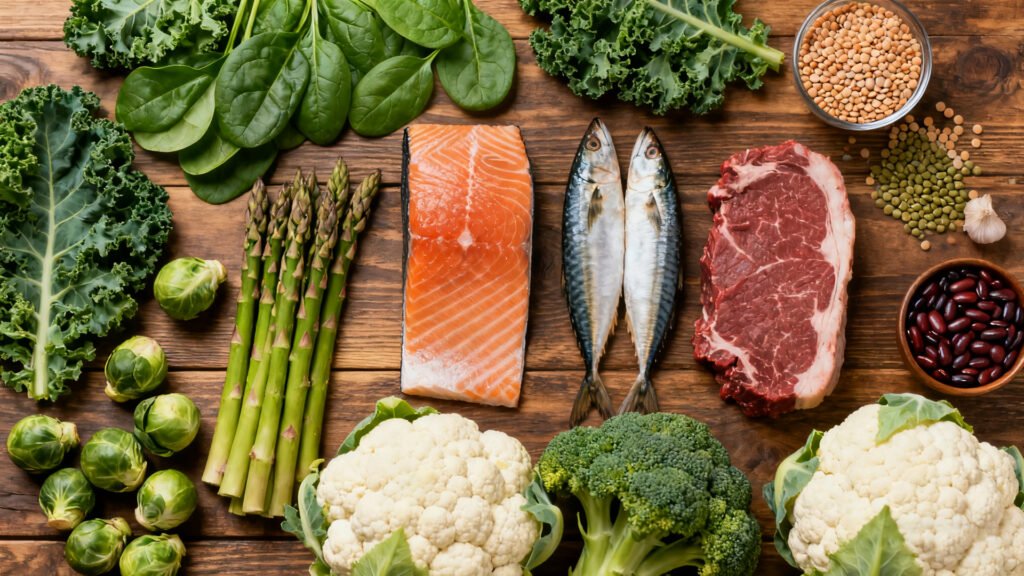
Combining nutrient-dense foods while adding Konjac Noodle can help you achieve a more nutrient-dense diet without sacrificing taste or convenience. Instead of high-calorie noodles, pasta, or rice with Konjac Noodle, you can reduce empty calorie intake while avoiding overeating. This substitution can help you maintain a balanced and satisfying diet.
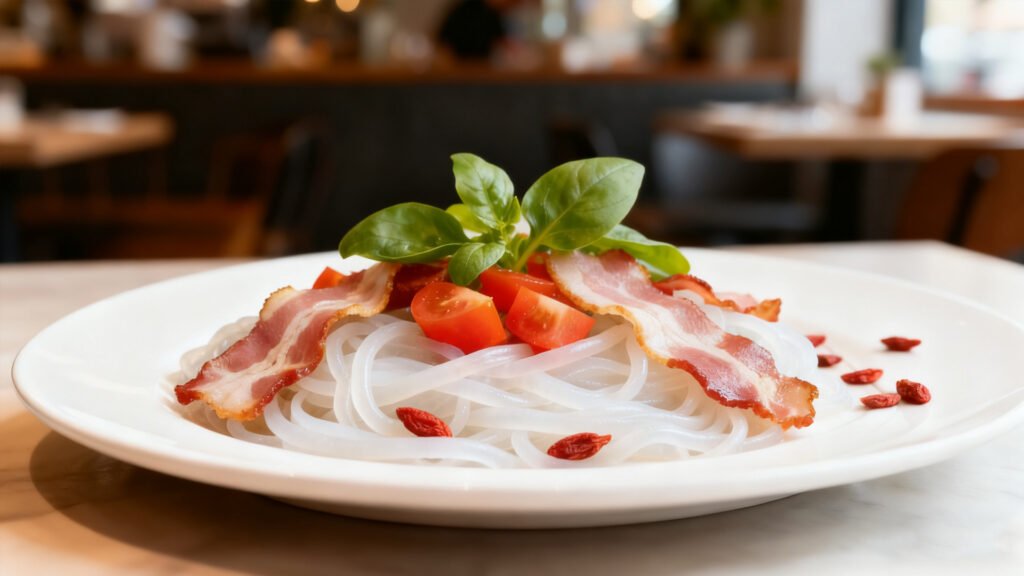
Hope you and yours are in good health.